I think simplicity is good.
My wife and I have been eagerly awaiting the new episodes of Sherlock the tv-show. The previous seasons have been fantastic. The first episode of season 4 was horrible. No hook to the story, everything pointing in all directions, no set pieces or direction of where the story was going. Bottom line; I was bored and did not feel like I was being told a story worth my time. Actually I thought I was being told a lot of different stories all at the same time with equal importance. So; which one should I invest my self in?
I sometimes have that same feeling when looking at a fantastic rendered piece of art. And I start thinking ”maybe half of all these details and highlights would have been enough”?
“where is this artist going with all this, shooting all over the place”?
A fantasy painting should have the same quality as a good tv show. A great story, told elegantly without too much noise, and distractions. We have all seen films or series relying too heavily on the special effects and not giving the story the same attention.
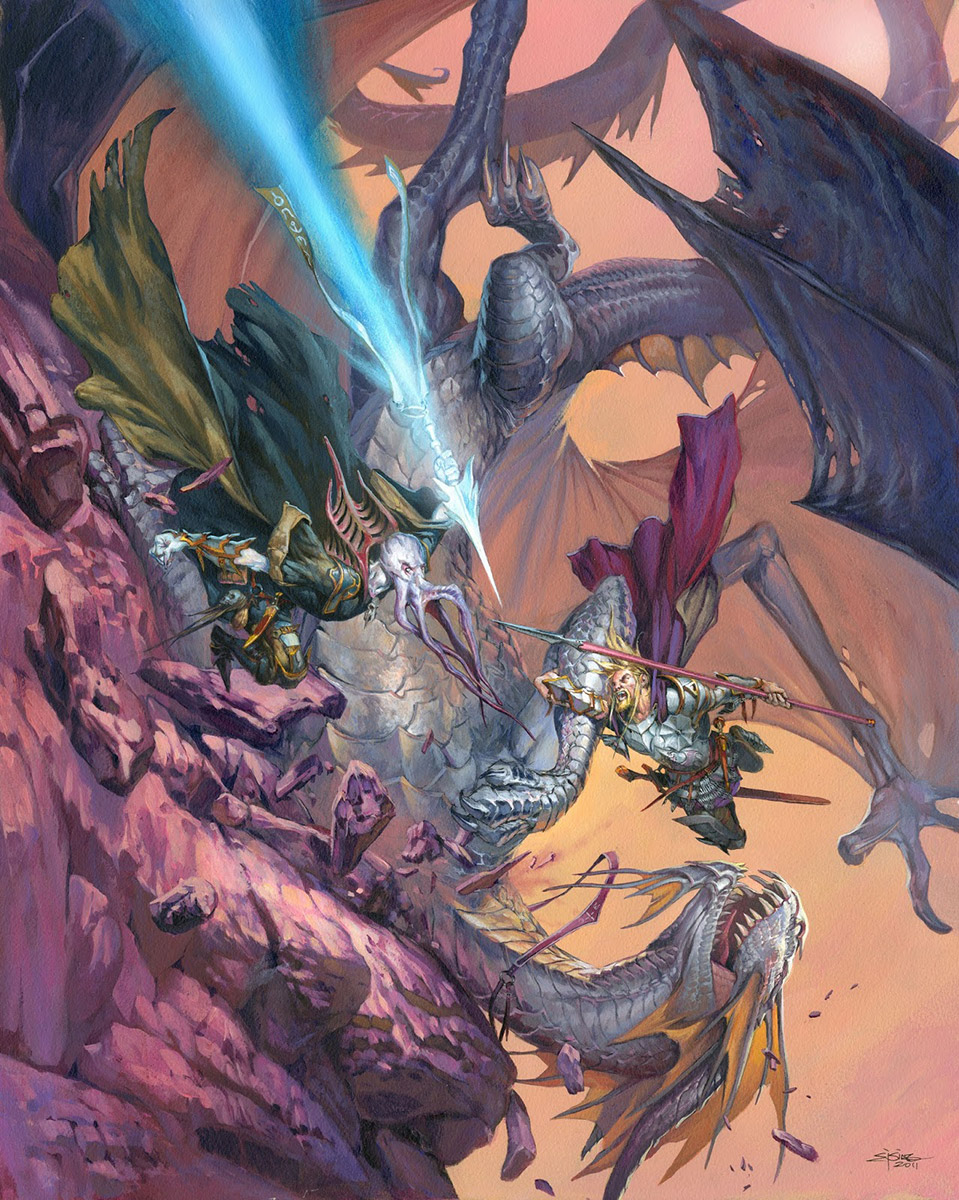 |
| Colors all over the place, too many highlights, way way too many details. |
In practiality it means: Less is more. Paint the scene with one thing in mind; the hook, the focus-story line. Ease up on the details and highlights in the corners and bottom. Use the big guns where it matters. Remeber you need to draw the eye of the spectator to one point only: The focus of you painting. The rest is just for supporting. The top of the cake need the most decoration, not the foundation in the bottom.
I have a painting I was really happy with when I painted it, but when I look back I notice that I made a mess of all my own rules. This dragon fight painting is almost the exact opposite of what I think is impotant in storytelling. I think it comes down to one thing: As an illustrator you should be able to take the spectator by the hand and safely lead him or her around your painting, experiencing everything as it was meant to. You should direct the the eye of your audience firstly to the focal point, the story of the painting and then easily let them wander around to notice smaller lesser important details.
My Thief I think is my best example of a well disposed story painting. The eye is drawn to the face and the window, focusing on the thief and his attention towards the victims in the ship. Next we look around and see his equipment adding to the character. Not a whole lot of noice and highlights or rendering that could distract the eye or the experinece of the story.
Paint like a sniper, not like a drunk with a gattling gun.
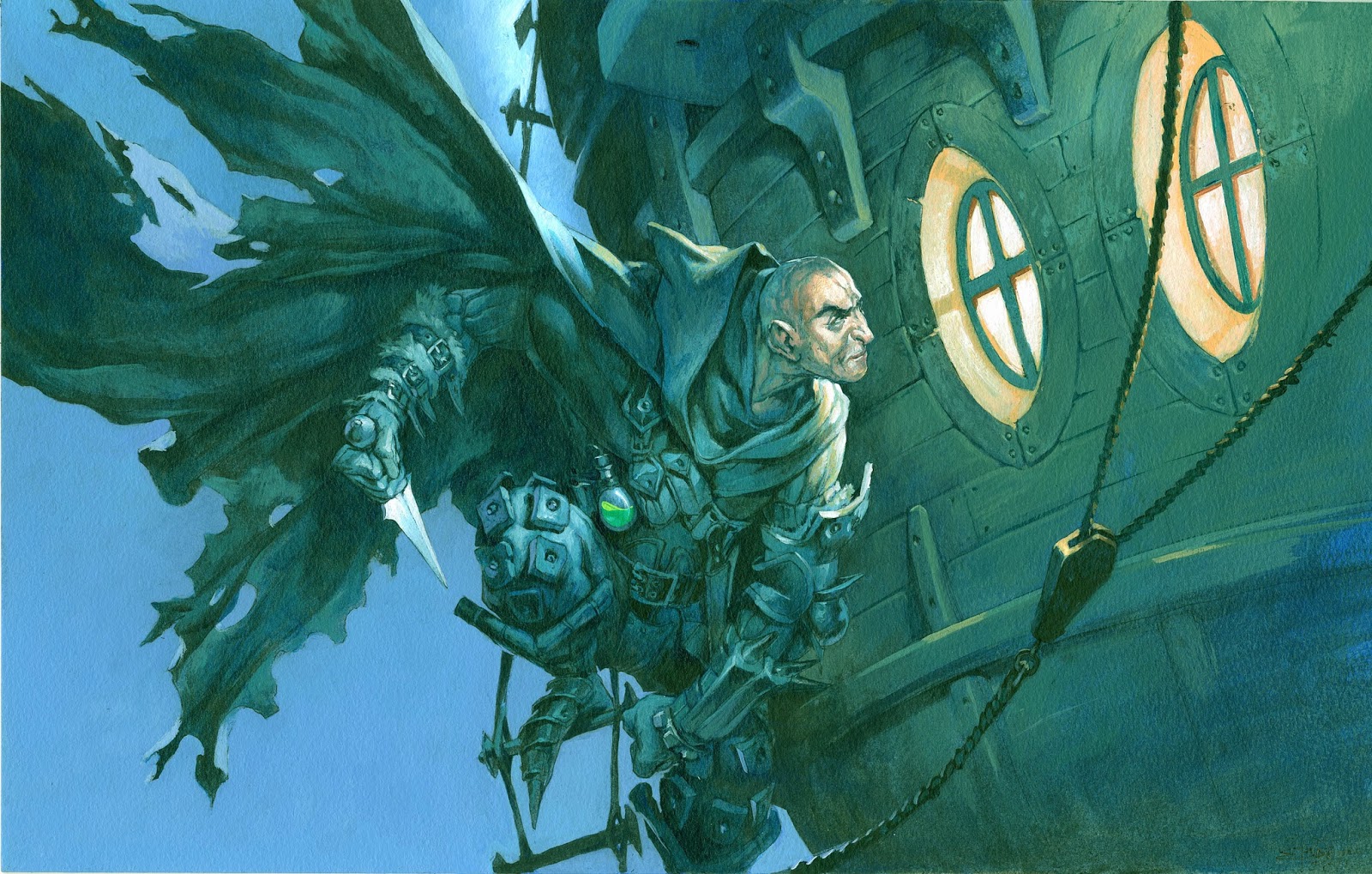 |
| Simple color palette, few high lights, flat sky, simple to read. |


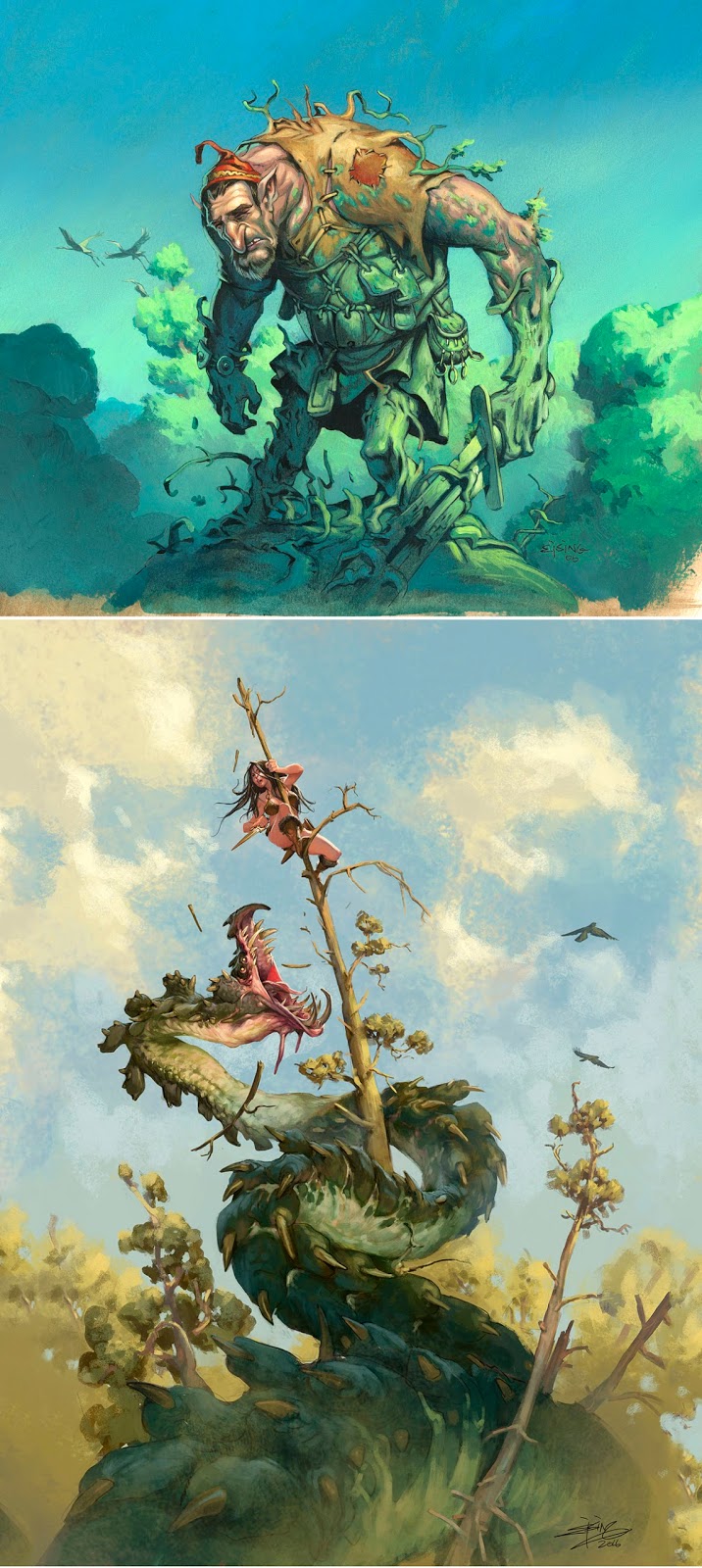
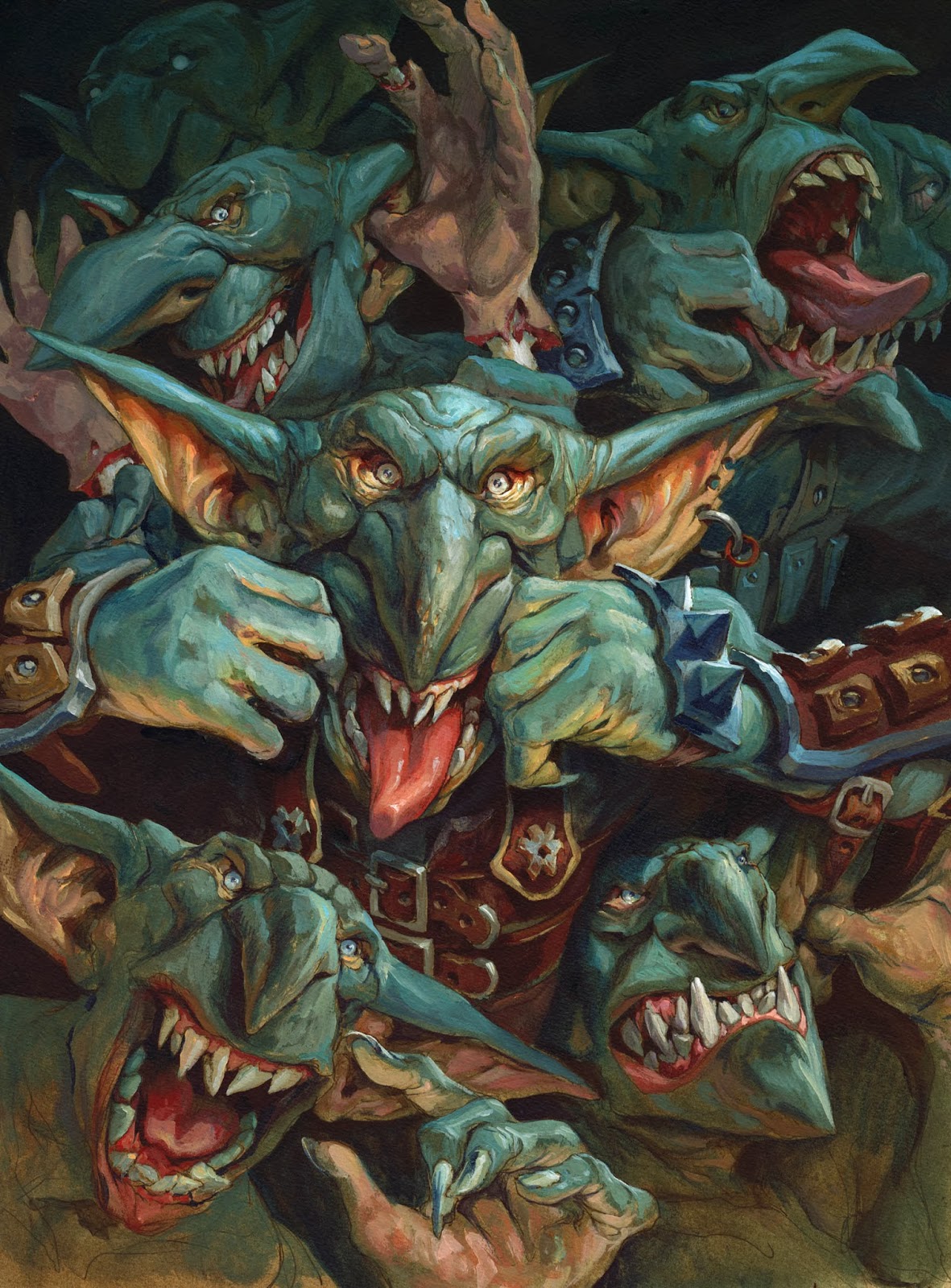
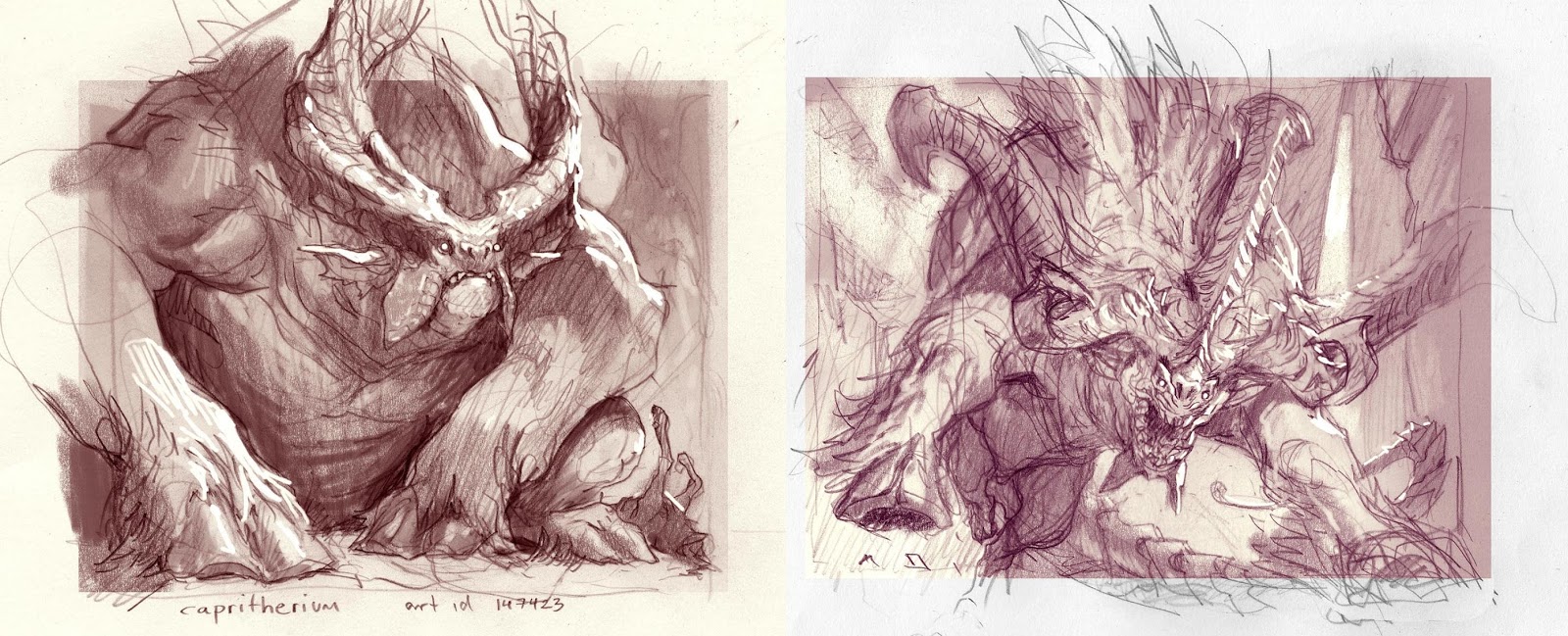
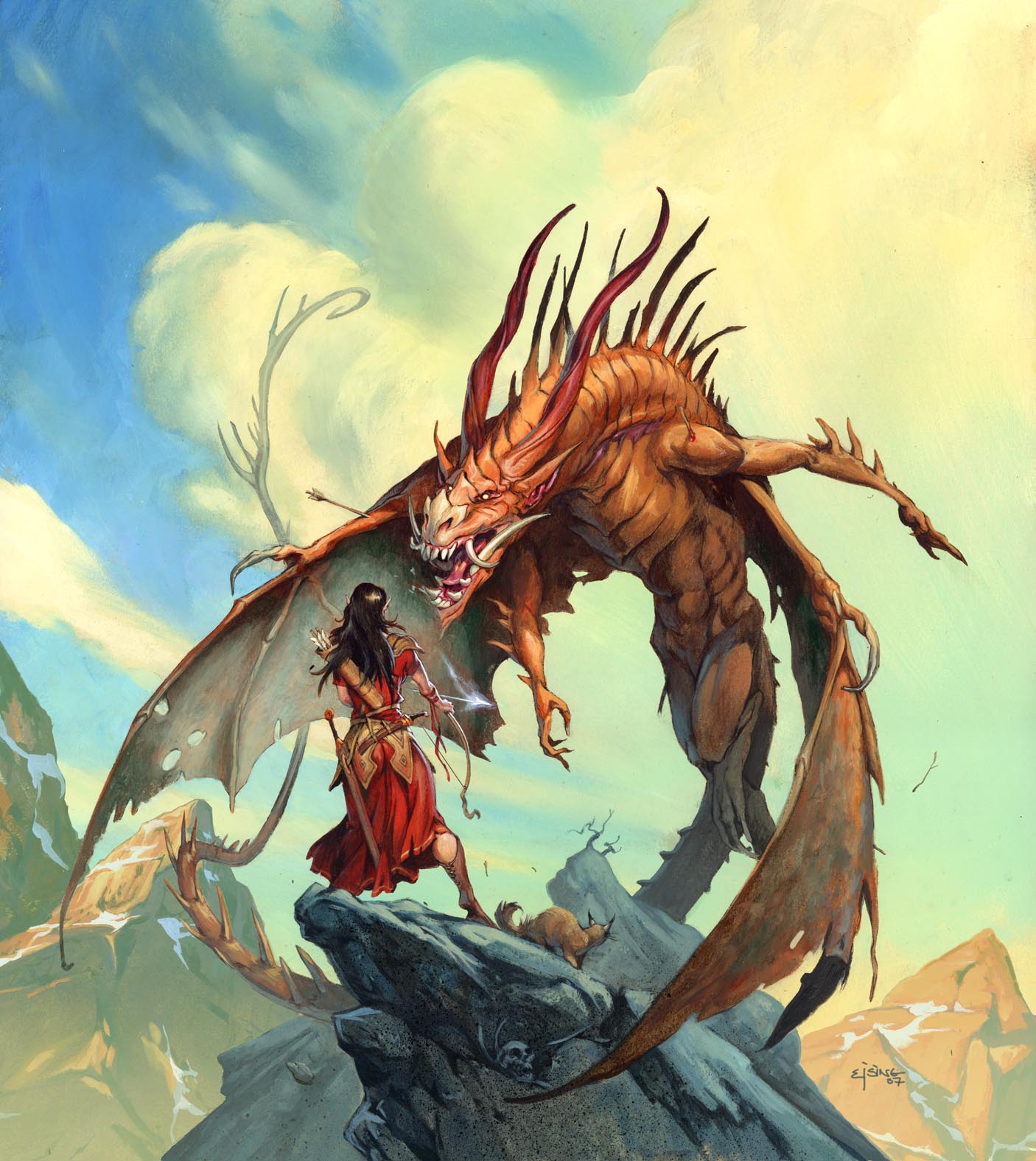

Nice post and especially love that last line of text, brilliant! 🙂
I really like the examples you chose. The thief has the same amount of “accessories” or detailed costume pieces as the characters in the dragon fight. However, the thief is a great example of how you can retain a lot of detail in the piece, but it's how you render that detail that gives focus to the image.
Thanks! This is a concrete example that helps me better understand a problem I struggle with when painting.
That is excellent advice and a great tag line!
So you want to have simplicity that is not an easy task, but i must say you are on the right path now thanks for sharing this information with us.
Great advice! I must say, that I often struggle with the same issue when I work on my pieces, hitting on the fact that I often overdose with unnecesary details. It leads to frustration, that I've spent to much time on one art piece and I think exactly what you said – ”maybe half of all these details and highlights would have been enough”? Saved time, work not overdone, more freshness and simplicity with only right places highlited. But thats not easy thing to master, knowing when to stop detailing some parts of the picture. Once again, great read – thx!